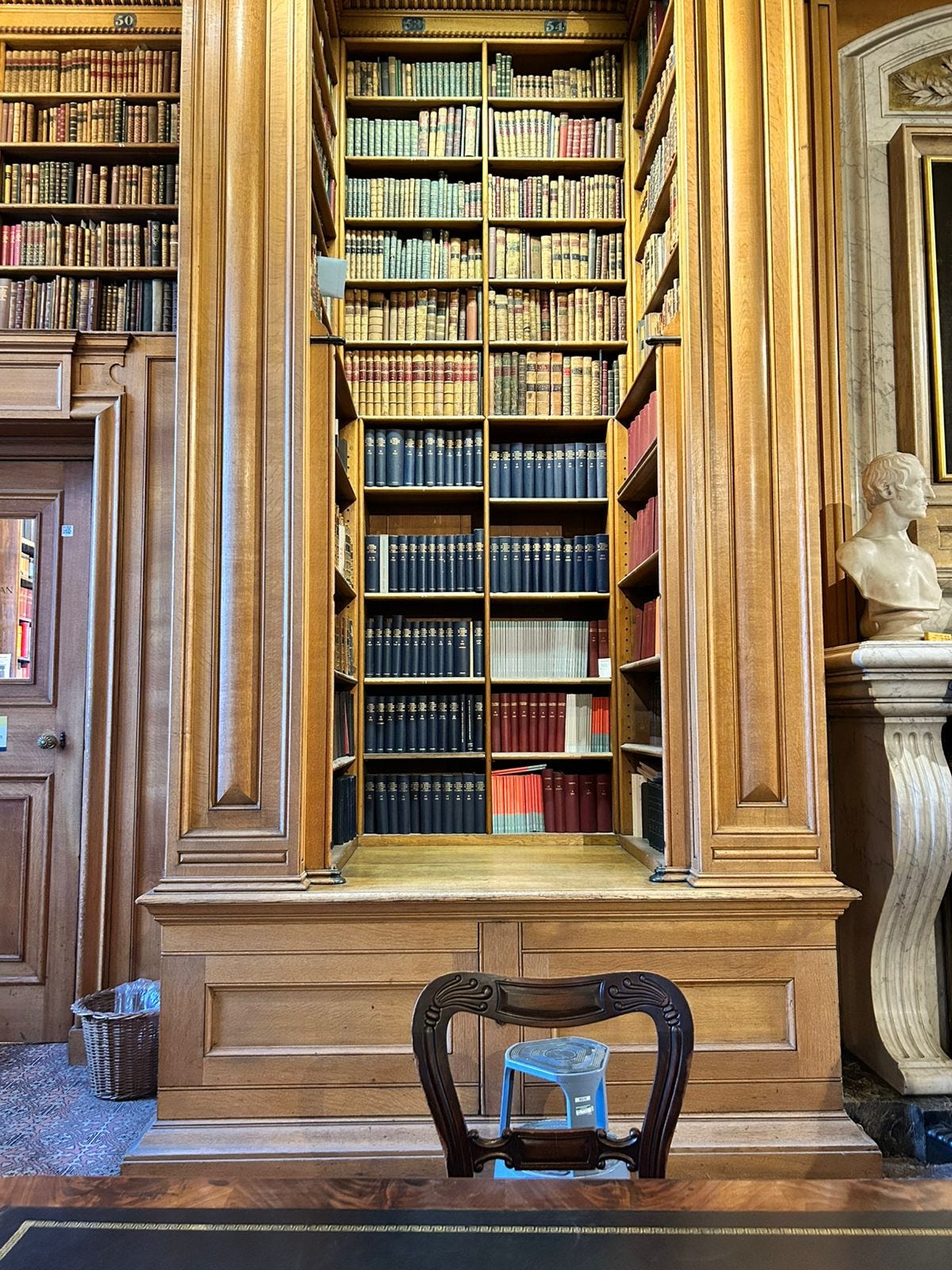Jane Austen's Magic, Bridgerton + Podcast: Debate on Publicity Stunts
The more things change the more they stay the same
Jane Austen wrote amidst the everyday bustle of her family home, often in the sitting room where interruptions were frequent. Despite that, few writers remain as universally celebrated after 250 years, and even fewer achieve the global appeal Austen commands. Pride and Prejudice alone has sold over 20 million copies, and its sharp wit, social critique, and romantic charm continue to captivate audiences.
The Netflix sensation Bridgerton draws heavily on Austen’s legacy. Set in 1813, the same year Pride and Prejudice was published, the series borrows Austen’s marriage plots and employs an ironic narrator reminiscent of her style. In a delightful nod to Austen, a character in the latest season is even seen reading Emma. This connection underscores how Austen’s themes—love, class, and the complexities of human relationships—continue to inspire movies, TV shows, and even TikTok trends.
But Jane Austen would likely consider Bridgerton “good publicity”—if not an outrageous stretch of Regency sensibilities.
Which begs the question: is all publicity good publicity?
Publicity stunts dominate today’s attention economy, but their success isn’t guaranteed.
A crypto entrepreneur bought a banana taped to a wall for several millions. Jaguar launched a widely watched advertisement that confused and irritated the fans. Zomato announced a new position that got 18,000+ applications, even though the selected candidate would have to pay $25,000 to join.
In this episode, Dhruva and Utkarsh debate whether publicity stunts help or hurt brands.
Do they work?
If yes, under what conditions?
When does publicity become toxic?
December Challenge
Start one day this month at a library. Don’t check your emails, don’t answer phones. Just spend the first two hours in the company of books and see what it does to your creativity.


